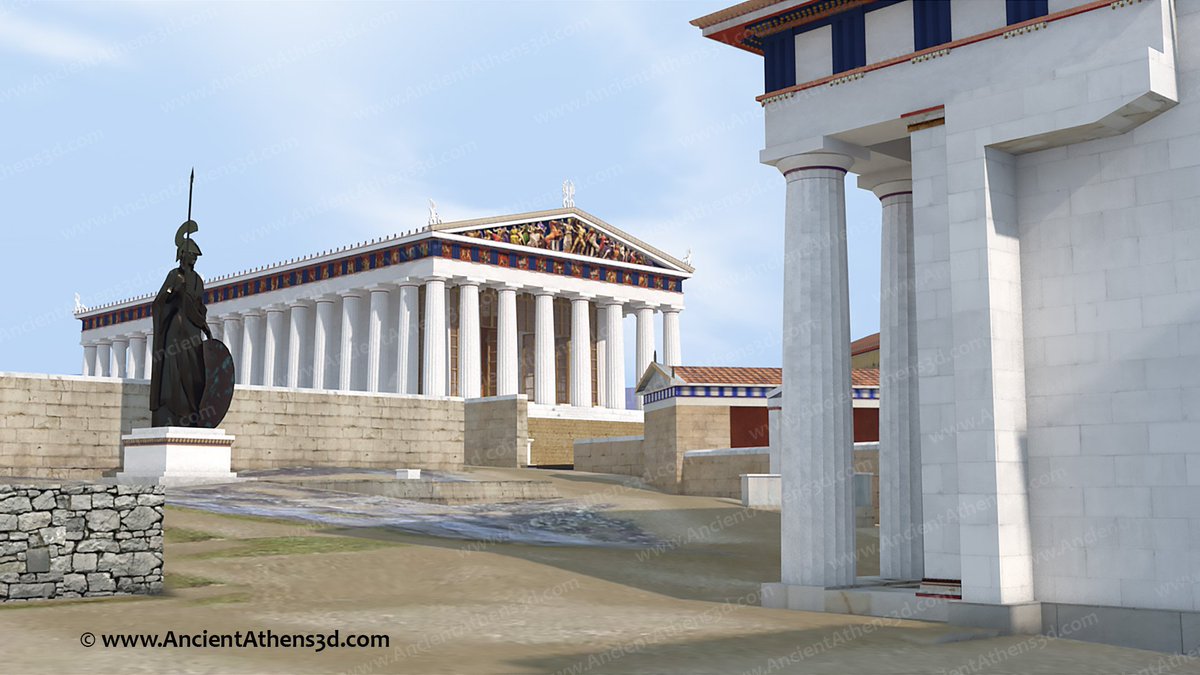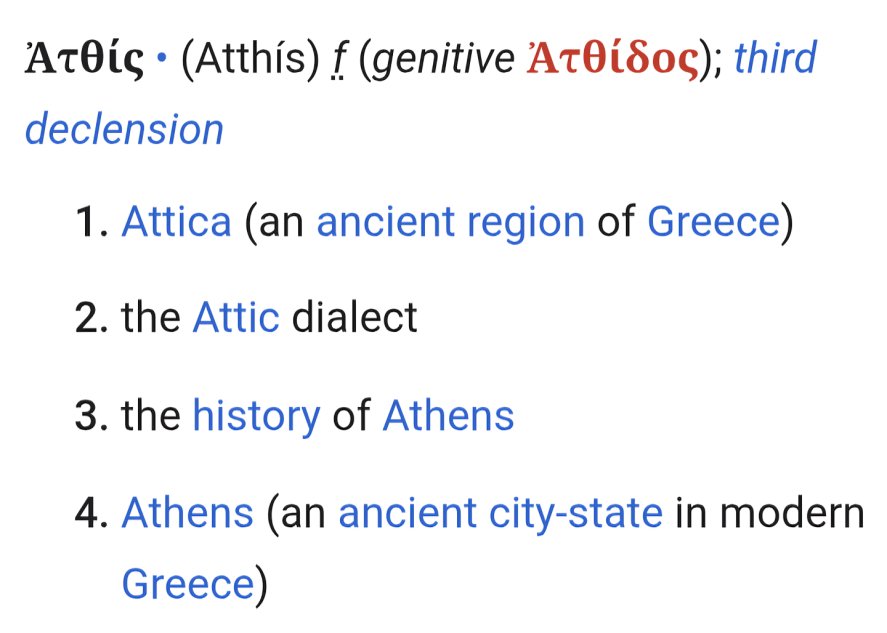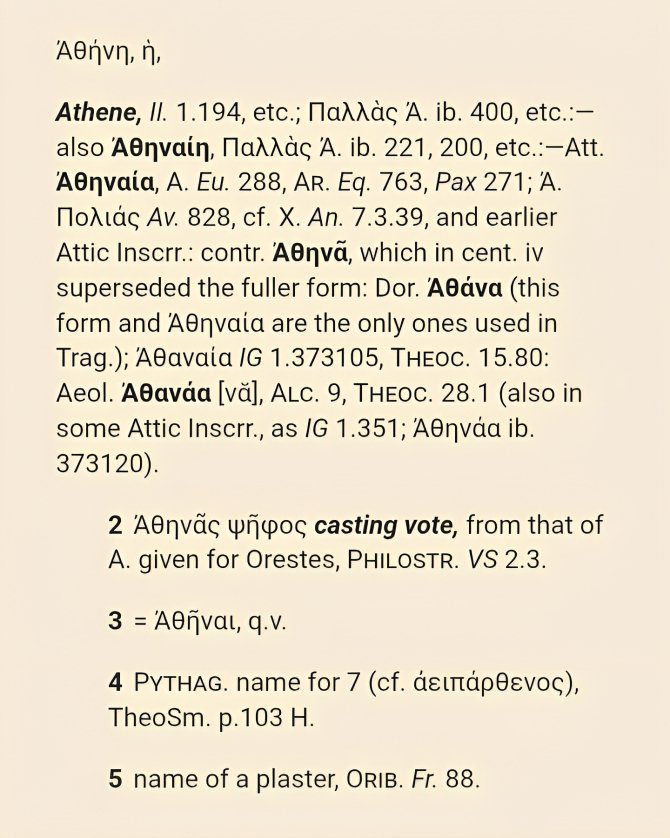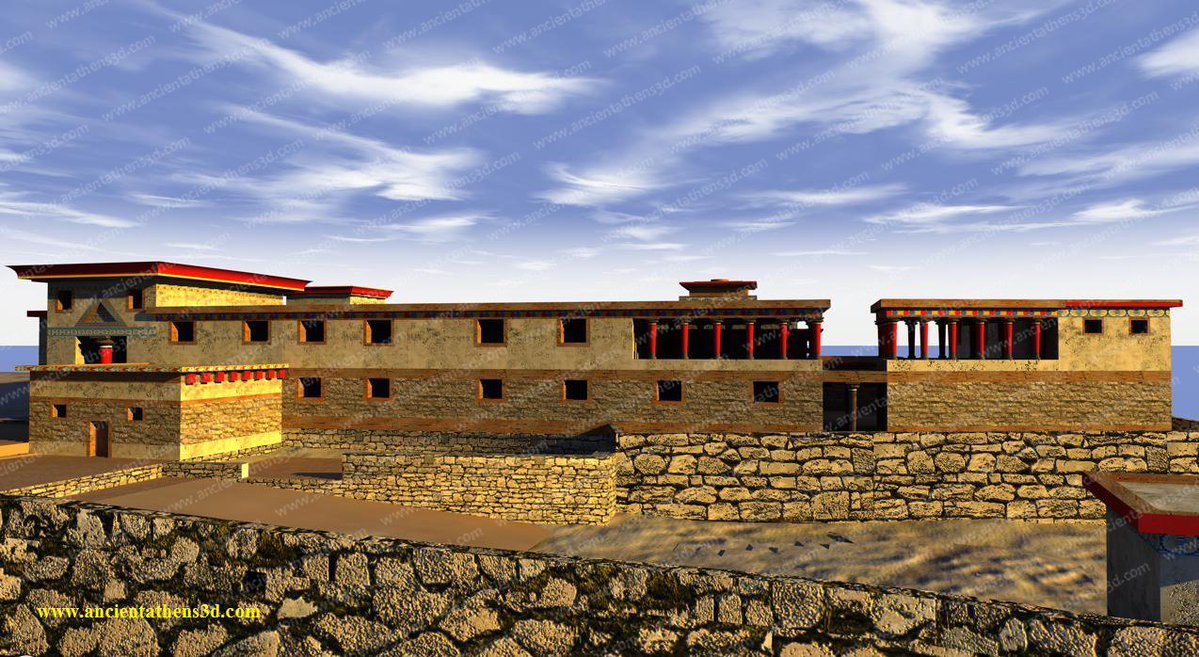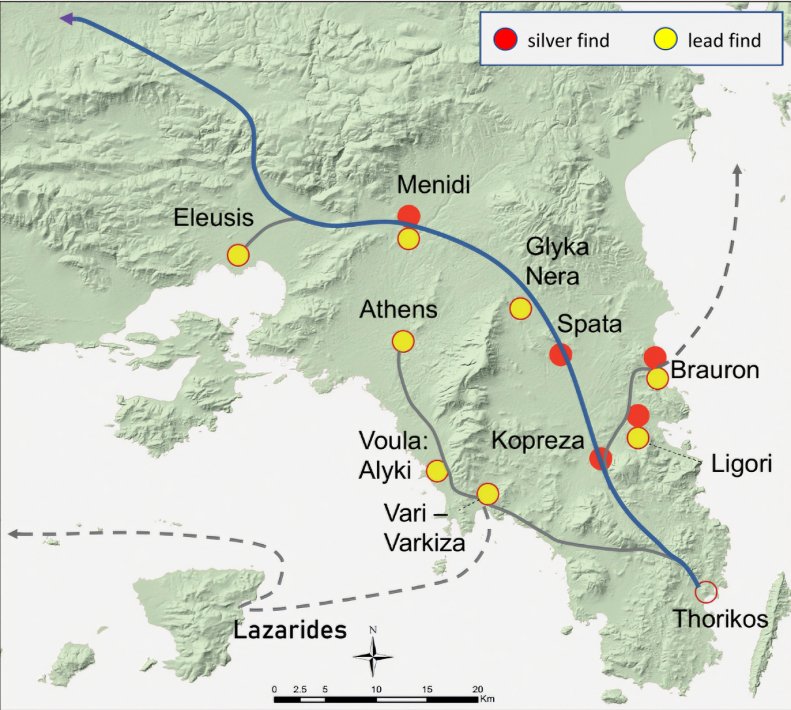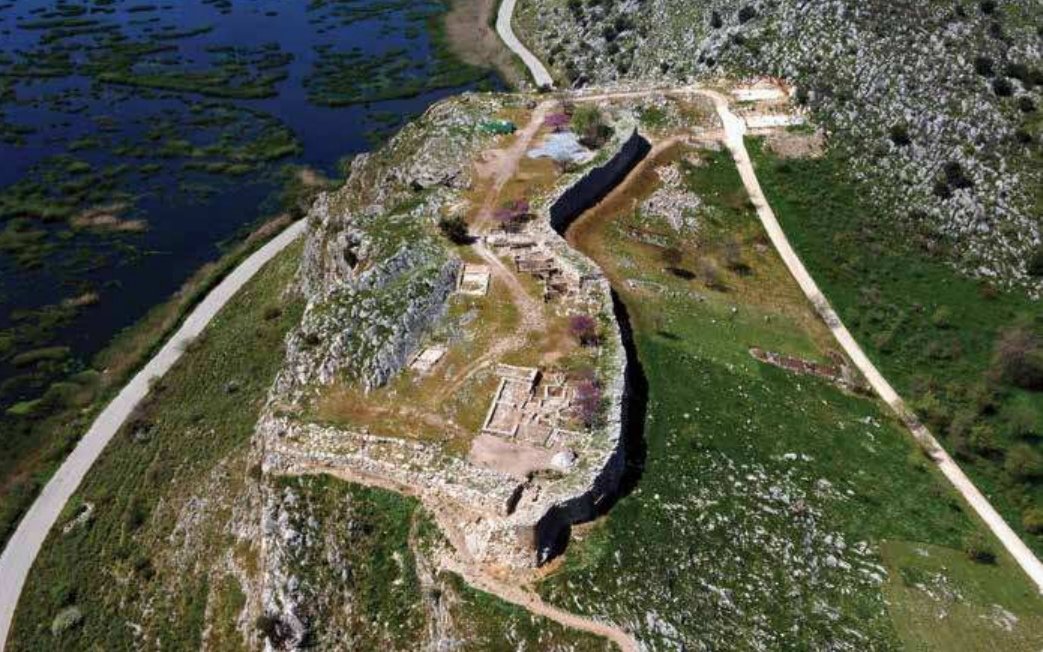1/ Let's say a few words about Macedonia on the occasion of opening of the new modern multi-purpose museum in Aigai, which came to fill a gap of years and to emphasize the particularly close ties between Hellenism and the Macedonian land that reach the depths of prehistory. 

2/ As we have emphasized many times, Macedonia is the cradle of Hellenism. The first Indo-Europeans came to Upper Macedonia and especially to the Aliakmon Valley in the second half of the 2nd millennium BC, changing the course of the Helladic/Aegean area. 

3/ They did not come from Anatolia, nor were they particularly related to navigation, but on the contrary they were nomadic herders from the Pontic steppes, bearers of a distinct culture with special burial customs and beliefs and knowledge of the domesticated horse and wagon. 

4/ The Indo-European groups thrived in Macedonia because they found a landscape that met their needs (abundant water resources, rich pastures and hunting grounds, coniferous forests) ➡️ 

➡️ as a result of which they settled permanently and over time mixed with the local descendants of Anatolian Neolithic Farmers, creating a hybrid tribe, the Proto-Greeks. 

5/ Here we must note that Macedonia together with Thessaly (Proto-Sesklo) were the two regions where the Neolithic agricultural populations from Anatolia settled before starting their great journey for the Neolithicization of the entire European continent. 

6/ The Proto-Greeks gradually moved towards southern Greece, and after a series of social transformations, they created around 1650 BC the first Greek civilization of the Aegean, the Mycenaean. ➡️ 

➡️ Throughout this period the Indo-European groups that remained in Macedonia and Epirus are distinguished by a continuation of the ancestral nomadic herding lifestyle, being in a cultural stagnation. 

7/ During the Palatial Period, the relations of the Macedonian elites with Mycenaean southern Greece are close, with Mycenaean ceramics and artefacts being for the Macedonian lords means of social differentiation, which they were displaying in ritual events and in their burials. 

9/All the above shows that the Macedonians admired the Mycenaeans and their cultural superiority and wanted to identify with them through the acquisition of Mycenaean objects. The common origin brought them together, but there were no permanent Mycenaean settlements in Macedonia. 

10/ With the collapse of the Mycenaean civilization and as early as the 12th century BC the Macedonians come into direct contact with the Greek communities of southern Greece, with the establishment of Euboean colonies in Chalkidiki. ➡️ 

➡️We must note that in this particular period the Macedonians were concentrated in western and central Macedonia (i.e. in the areas where the first Proto-Greek groups were created), while in the wider Macedonian land there were large communities of mainly Thracians and Phrygians. 

11/ In this period, the Macedonians, acting among heterogeneous populations, wanted to project their national Hellenic identity by inventing the myth of the Argeads, according to which they were descended from the Doric tribe of the Heracleadae that were settled in the Argolid. 

12/ Parallel, they established a religious center in Dion at the foot of Olympus, where they set up a sacrificial altar in honor of Zeus and the Muses, while at the same time, on the northeastern fringes of the Pierian Mountains, they established their political center, Aigai. 







13/ The Macedonians spoke a distinct dialect of the northwestern group of the Doric language with several Aeolic additions. The archaic Macedonian language was difficult for the rest of the Greeks to understand, with the result that some of them doubted their Greekness. 

14/ However, the Macedonians in every circumstance were proving their Greek origin. Thus Alexander A' the Makednon, during the Persian Wars, although he was a vassal of the Persians, he constantly gave information to the Greeks about the Persian movements ➡️ 

➡️ and when the Persians were defeated at the Battle of Plataea in 479 BC, he ambushed the remaining Persian forces of the satrap Artabazus near the Strymon River and decimated them. 

15/The Macedonian kings showed great admiration for Greek letters and arts, with the result that leading Ancient Greek philosophers,poets, sculptors gathered in their royal court, while the members of the Macedonian elite took part from their childhood in ancient Greek education. 

16/Nevertheless,the Preclassical Macedonians had a special culture associated with distinct burial customs,such as the covering of the face of the deceased with a mask,evidence of four-wheeled burial wagons and the presence of rare grave goods,such as miniature household objects. 

17/Be that as it may,the Macedonian Preclassical tradition with all its manifestations and always in contact with the mainly Hellenism, created the conditions for the greatest moment of the Greeks,the Alexandrian Empire and the spread of the Greek spirit to the ends of the world. 

• • •
Missing some Tweet in this thread? You can try to
force a refresh





